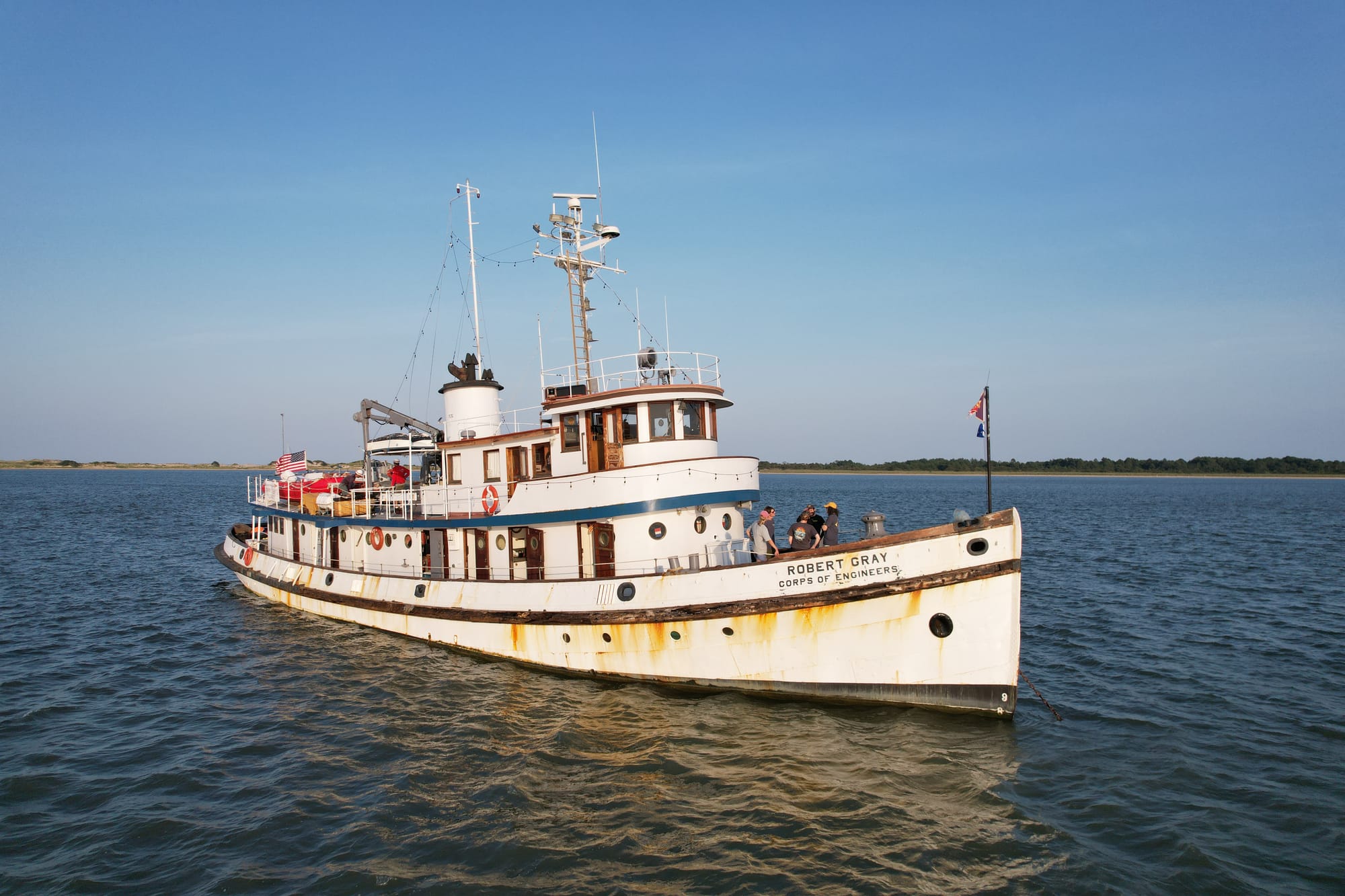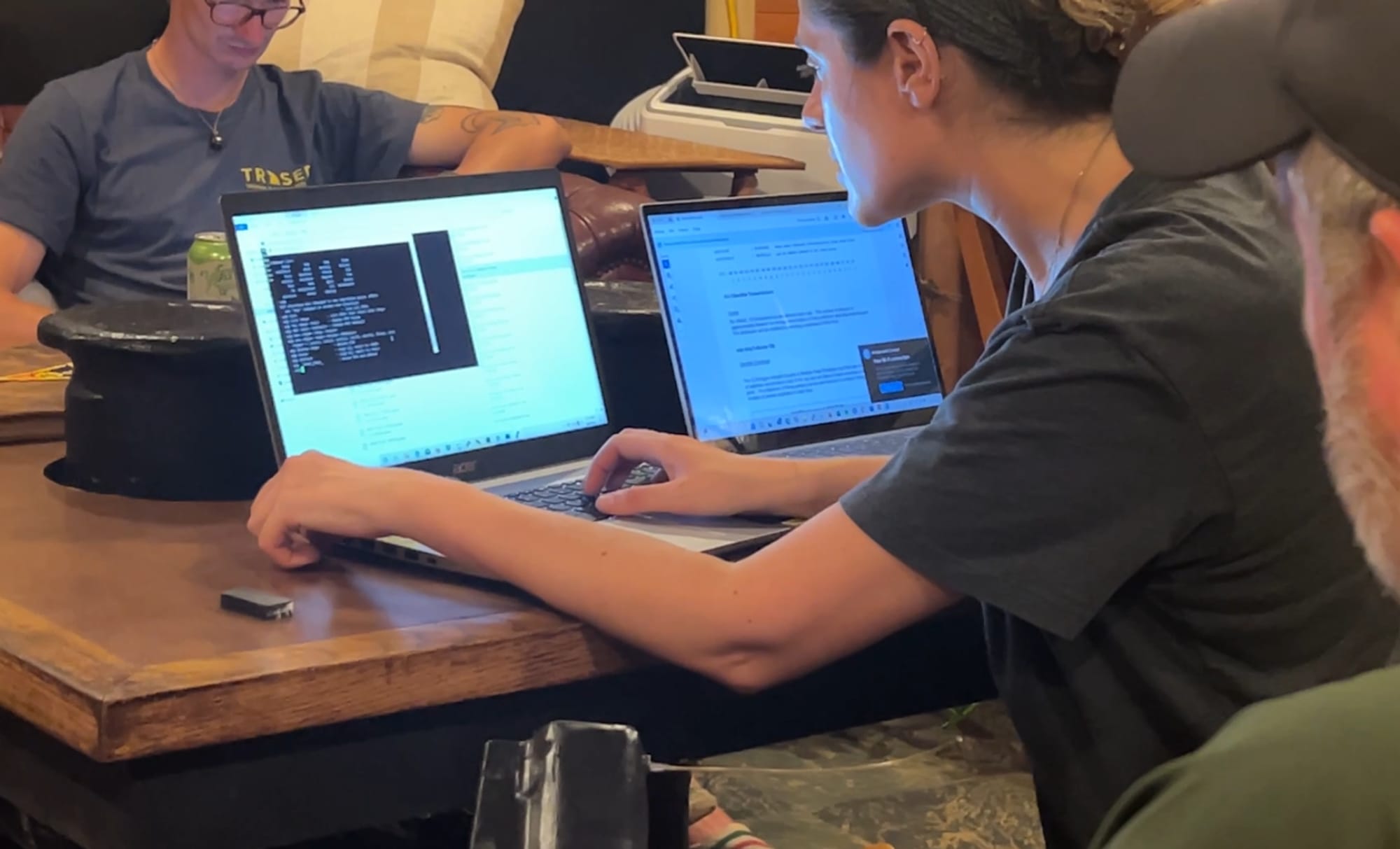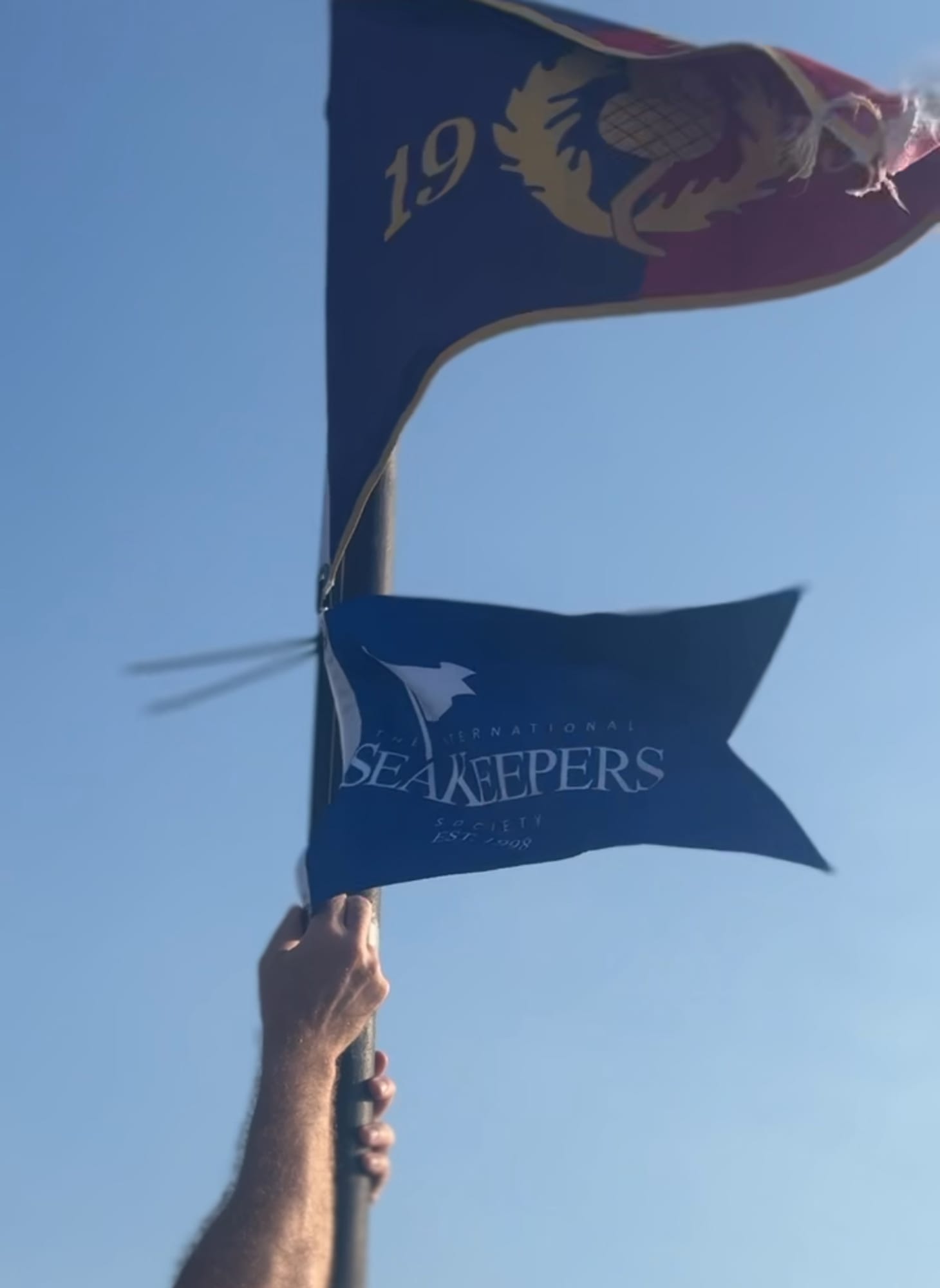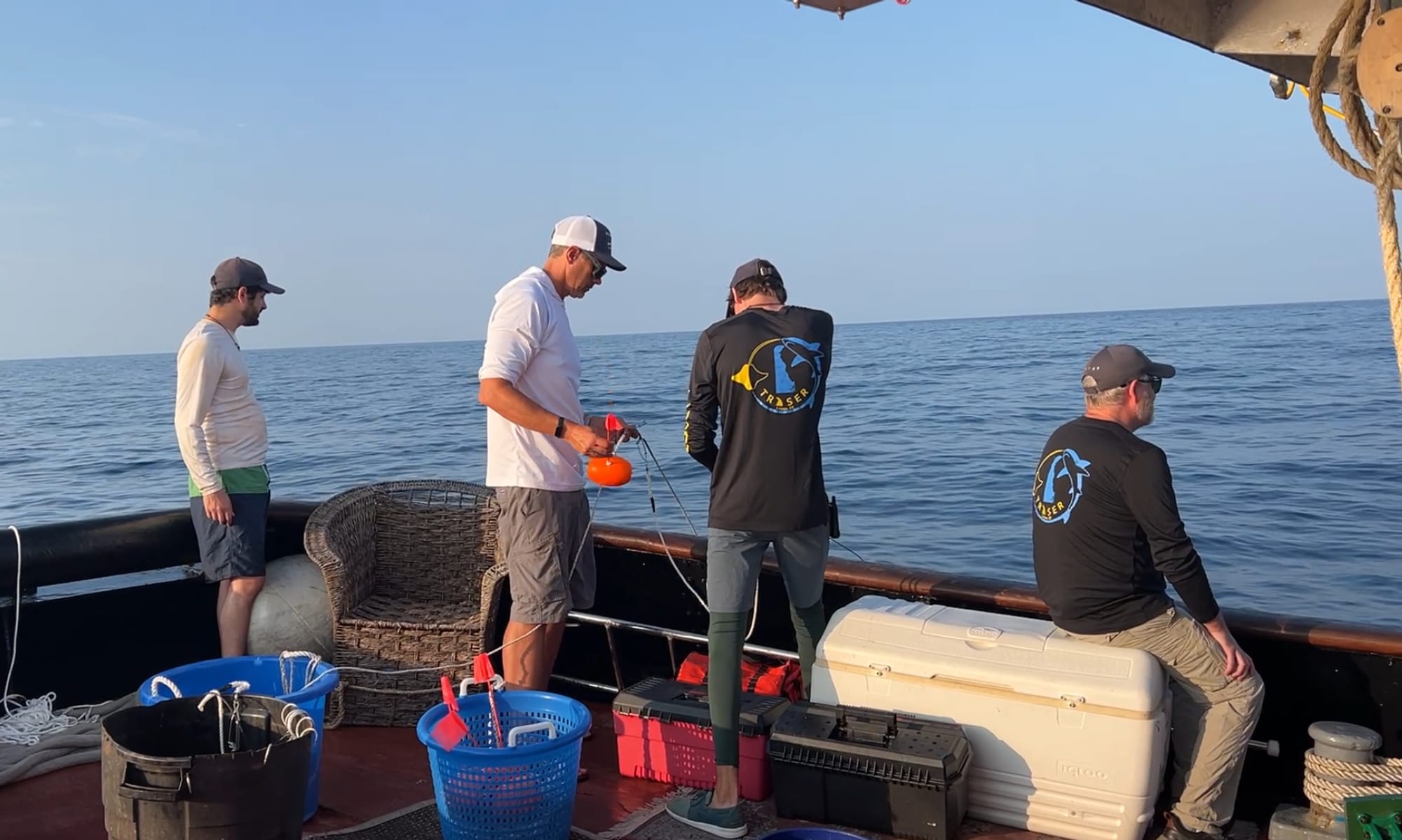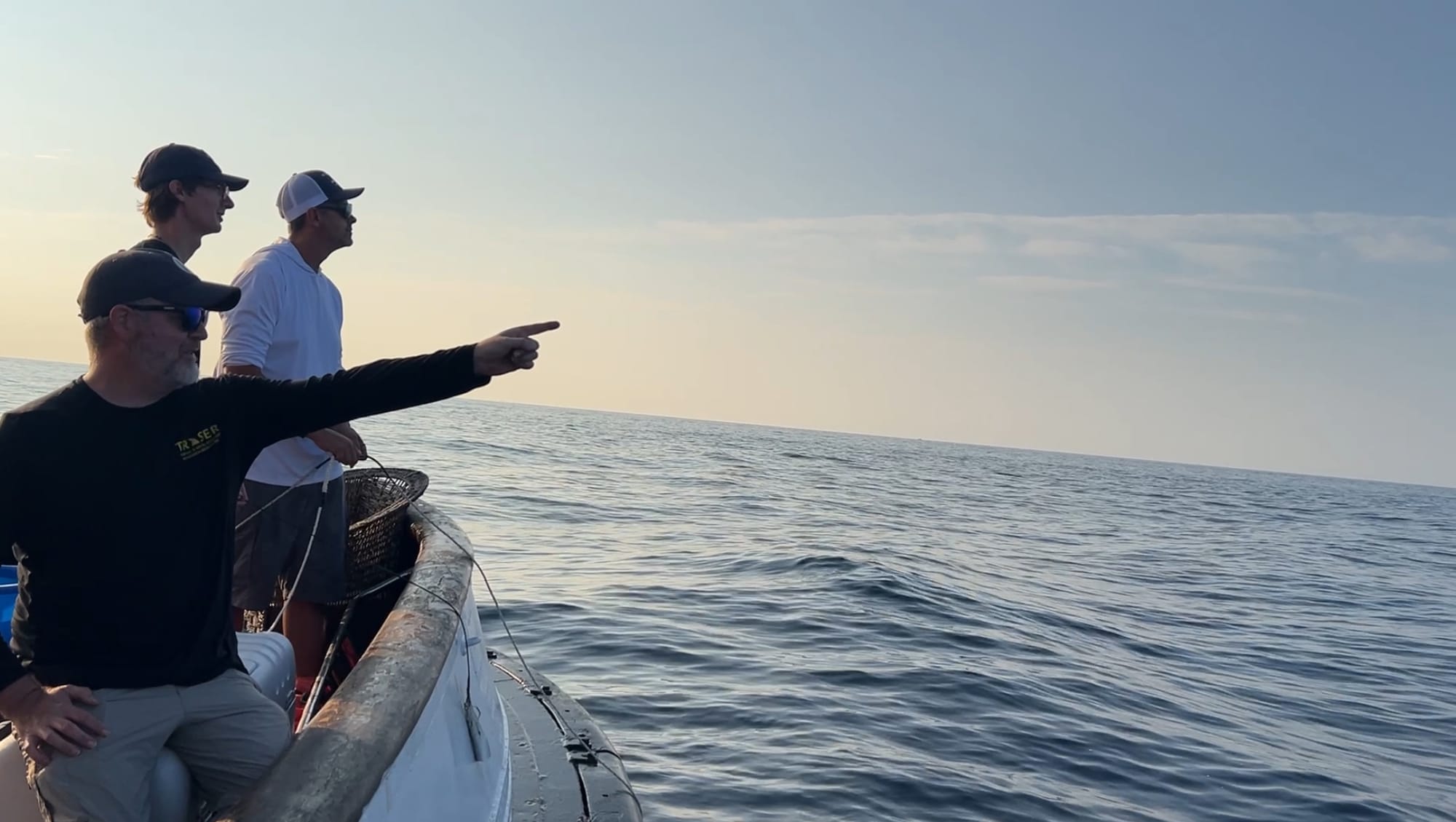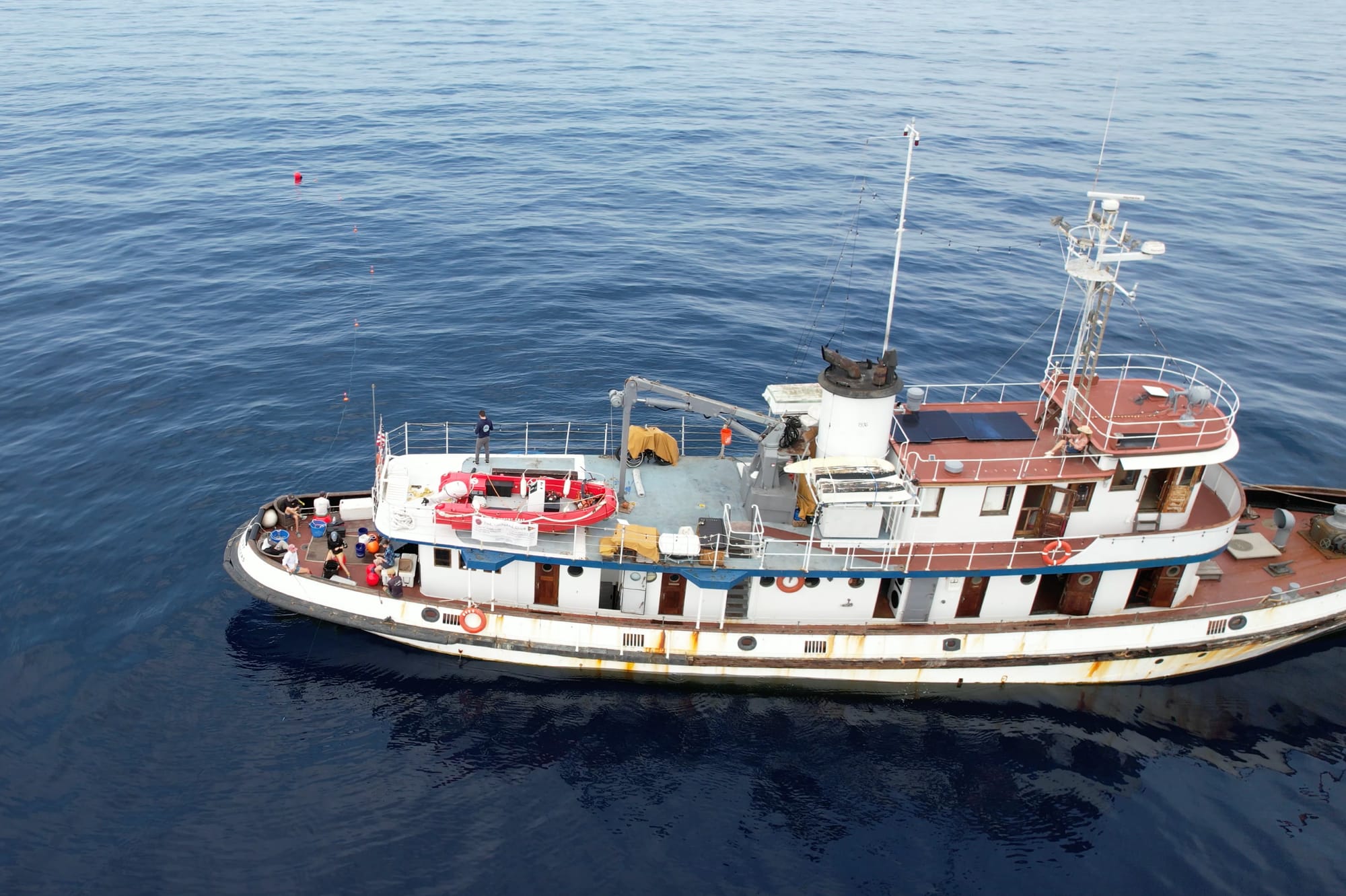- DISCOVERY Vessel Robert Gray
Using Specialized Shark-borne Sensors for Oceanographic Measurements Throughout the Water Column
- August 17 - 20, 2025
- Lewes, Delaware
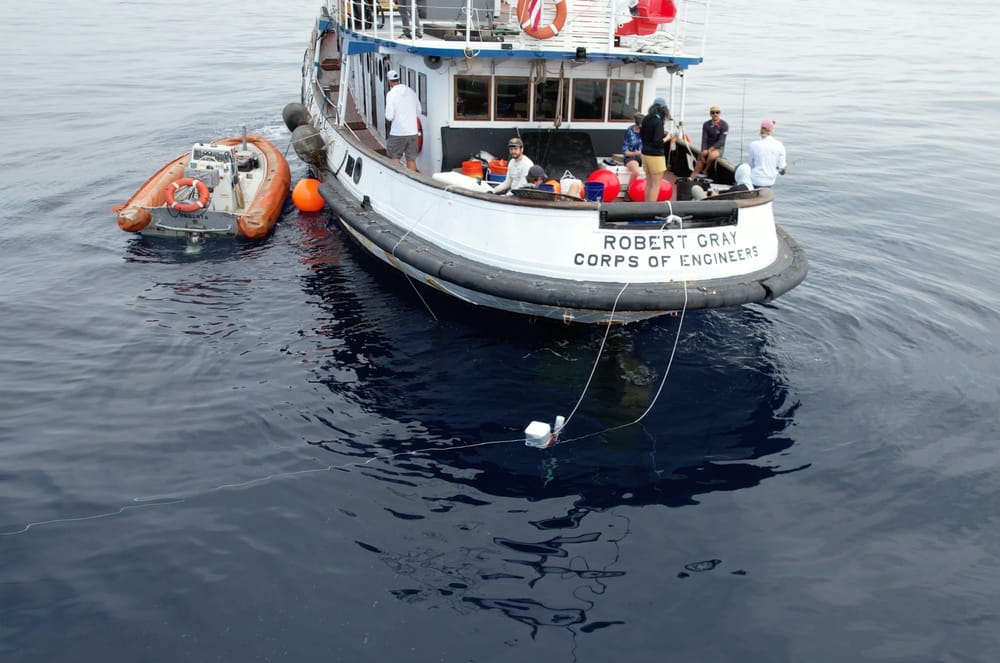
Project Overview
The overarching goal of this project is to operationalize the collection of science quality conductivity, temperature and depth (CTD) profiles through the deployment of a new biologging tag on sharks in the Mid-Atlantic Bight (MAB). The Mid-Atlantic Bight is one of the most thermally stratified coastal oceans in the world, so accurate, spatially distributed CTD profiles in this region are critical for storm forecasting. The accuracy of these forecasts directly affects regional storm preparedness and mitigation operations, maritime operations, commercial fisheries, and soon-to-be installed renewable wind energy assets. Because of their importance, obtaining CTD profiles and measurements justify their high cost through the deployment of robotic systems (e.g. gliders). Biologging tags, or “miniaturized animal-attached tags for logging and/or relaying data about an animal’s movements, behavior, physiology, and/or environment’ are an increasingly powerful tool for learning about the marine environment and have demonstrated their utility in generating real time ocean observations. The objective is to deploy a new CTD tag for the first time on sharks, tagging species (Blue and Shortfin Mako Sharks) that occupy the thermal range of the MAB and exhibit diving behavior that is suited for creating consistent vertical profiles of ocean heat and salinity. By demonstrating the capacity of sharks to carry these tags, it will greatly increase the spatial and vertical extent of the world’s oceans that can be observed using biologging tags. Lastly, the researchers will collaborate with ATN (Animal Tracking Network) and the Mid-Atlantic Regional Association Coastal Ocean Observing System (MARACOOS) to quality control and deliver these data in real time for global and regional data assimilation. In addition, they will be double tagging sharks with pop-off archival transmitting (PAT) tags on sharks, which record temperature, depth, and light level for several months, allowing researchers to combine the oceanographic data collected from the CTD tags with habitat use data from the sharks. This will allow the team to better understand the spatial ecology of the species while also obtaining valuable oceanographic data.
Application
Biologging tags are a powerful, yet underutilized tool for ocean observing. While the use of tagged animals as ocean sensors has been quite successful in polar regions, this approach has been rarely used in mid to low-latitudes regions where there remain important gaps in oceanographic observations. The data will be used to inform different ocean models and storm predictions, and these will be used to help guide planning efforts associated with extreme climate events and hurricanes in particular.
Expedition Summary
From August 17th – 20th, SeaKeepers assisted researchers from the University of Delaware and facilitated the research expedition aboard DISOVERY Vessel Robert Gray. The Primary objective of this expedition was to deploy the new CTD tags and PAT tags onto pelagic sharks and collect biological samples from sharks and their potential prey off the coast of Delaware. We targeted pelagic sharks, such as Shortfin Mako and Blue Sharks. For this reason, a vessel that was able to access offshore waters near the continental shelf break was needed. The ability to remain on station in offshore waters was ideal. First, the team attracted sharks by creating a scent trail (chum slick made of a slurry of fish parts), so by staying on station we were able to create an extensive slick that will attract sharks from much greater distances, thereby increasing the probability of catching and tagging larger numbers of sharks.
Ideally, once a shark is caught, the team would attach the CTD to the dorsal fins of the sharks and for a subset of animals they would also attach a PAT tag. All sharks that are brought to the vessel would have basic metadata collected (species, size, sex, etc.) and tissue samples collected (blood, muscle) for chemical analyses. Given the difficulty in accessing these offshore habitats, I would have been good to leverage this opportunity to obtain tissue samples (muscle) from as many other species (including potential shark prey) as possible through rod and reel fishing, jigging, and deployment of tended longlines off the vessel (or small boat). Unfortunately, weather issues, due in part to Hurricane Erin heading toward the eastern seaboard, cut the expedition very short. We were able to get one day of work done but no sharks were able to be caught and tagged in that time. This was, however, a success in learning how best to approach these research methodologies from both the scientists’, and the vessel’s perspectives. Ironically, the very thing that this research aims to learn more about (extreme weather) is the very thing that forced us to end the trip earlier than anticipated, but plans are in place to head out again soon, and this time, with the benefit of experience.
Location
90 miles offshore of Delaware and Maryland
Duration of Project
This was the first of 2 attempts to deploy these tags. Deployment should conclude in October of 2025.
Leadership
Research Team
- Benjamin Marsaly
- Caroline Wiernicki
- Scott Goldberg
- Andrea Leontiou
- Tess Avery
- Leah Carlisle
